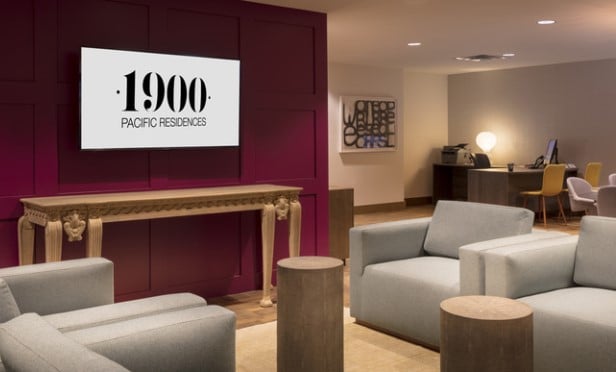
NEWPORT BEACH, CA—Online sales, increased tenant demand and small businesses' resurgence under the new administration are some of the the driving forces behind institutional investors' newfound appetite for multi-tenant industrial properties, BKM Capital Partners' director of acquisitions Brett Turner tells GlobeSt.com. The firm specializes in acquiring this product type, so we sat down with Turner for a chat about the sector and what we can expect from it in 2018.
GlobeSt.com: Why is multi-tenant industrial gaining traction among institutional investors?
Turner: It has been predicted that by 2021, online retail sales will reach $485 billion. The success of light multi-tenant industrial is directly related to the soaring e-commerce market. Tenant demand is rising due to the need for fast delivery times, and retailers are seeking small industrial warehouses near urban centers to serve as last-mile delivery hubs.
Further, small businesses—a staple tenant in multi-tenant industrial—have bounced back significantly under the new administration. Several proposed policies have made it easier for small businesses to gain access to capital and thus expand or lease space for the first time.
Each of these factors is a driving force behind institutional investors' newfound appetite for this product type. Light multi-tenant industrial is poised to offer substantial rent growth in the years ahead, while also limiting risk based on diversification of tenants and tenant industries.
GlobeSt.com: What can we expect from the multi-tenant industrial sector in 2018?
Turner: Demand for multi-tenant industrial will grow exponentially in the next 12 to 24 months, driving substantial rent growth and deepening ownership value in this product type. Industrial as a whole is on track for continued health. US industrial rents grew 10% year-over-year as of Q3 2017, while the national industrial vacancy rate dropped to its lowest rate on record in the same quarter.
Beyond these strong fundamentals, we will also see more emerging uses for multi-tenant industrial. Trends such as virtual restaurant models, through which local restaurants rent an industrial unit rather than a storefront and serve customers only through food-delivery apps, are continuing to gain prominence in major markets. As new uses emerge for small industrial units, owners will see demand and occupancies rise even higher.
GlobeSt.com: Is the growing e-commerce sector playing a role in the demand for multi-tenant light industrial product?
Turner: Absolutely. E-commerce currently represents 9% of total retail sales in the US, and is expected to reach 17% by 2022. Further, studies show that 51% of Americans already prefer to shop online. As retail sales grow, so does the importance of fast deliveries. Online retailers understand that they must shorten delivery times in order to compete, and achieving that objective requires a change in real estate strategy.
As retailers move away from expensive big-box industrial and into urban-infill multi-tenant industrial product, they are getting closer to their consumers, and in turn, fueling the growth of this property sector.
This shift is being seen in more traditional retailers as well. Even brick-and-mortar retailers are taking an omnichannel approach, consolidating their retail presence into smaller stores that serve as showrooms for a small amount of product, while they house more product in an infill location nearby.
Each of these trends will sustain continued growth in the light multi-tenant industrial sector for years to come.
GlobeSt.com: Compared to other sectors where rents are expected to taper off, are rents expected to continue to rise for industrial product over the next several years?
Turner: In short, yes. The industrial property market is viewed as one of the most favorable sectors in the US, based on its high rent growth, low vacancy rates and low investment risk. In fact, the NCREIF confirmed that the industrial sector outpaced all other major property sectors in terms of average annual total returns in institutional portfolios over the past five years.
Compared to office, which saw a slight rent dip of 0.4% in Q3, and multifamily, which saw a flattening of rents toward the end of 2017, multi-tenant industrial is poised for rent growth based on tremendous growth of e-commerce and small businesses, as well as increasing costs of big-box product in major markets nationwide.
Further, light multi-tenant industrial is one of the few remaining product types that offers upside potential at this stage of the CRE cycle. For example, our company's core competency is acquiring underperforming assets and systematically improving them, making each property more attractive to the leasing community in its local market. These changes result in increased occupancy rates, justification for higher rents, and ultimately, improved exit value.
As investors continue to pursue yields in 2018 and beyond, we will see institutional capital increasingly seek out light multi-tenant industrial as the product of choice for strong, steady returns.
© 2025 ALM Global, LLC, All Rights Reserved. Request academic re-use from www.copyright.com. All other uses, submit a request to [email protected]. For more information visit Asset & Logo Licensing.







